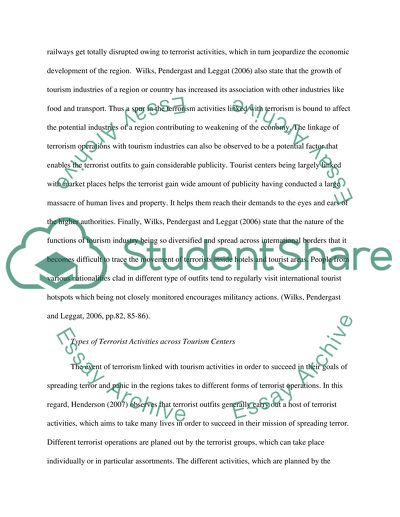Cite this document
(“The impact of terrorism on tourism Dissertation”, n.d.)
Retrieved from https://studentshare.org/family-consumer-science/1408049-the-impact-of-terrorism-on-tourism
Retrieved from https://studentshare.org/family-consumer-science/1408049-the-impact-of-terrorism-on-tourism
(The Impact of Terrorism on Tourism Dissertation)
https://studentshare.org/family-consumer-science/1408049-the-impact-of-terrorism-on-tourism.
https://studentshare.org/family-consumer-science/1408049-the-impact-of-terrorism-on-tourism.
“The Impact of Terrorism on Tourism Dissertation”, n.d. https://studentshare.org/family-consumer-science/1408049-the-impact-of-terrorism-on-tourism.


